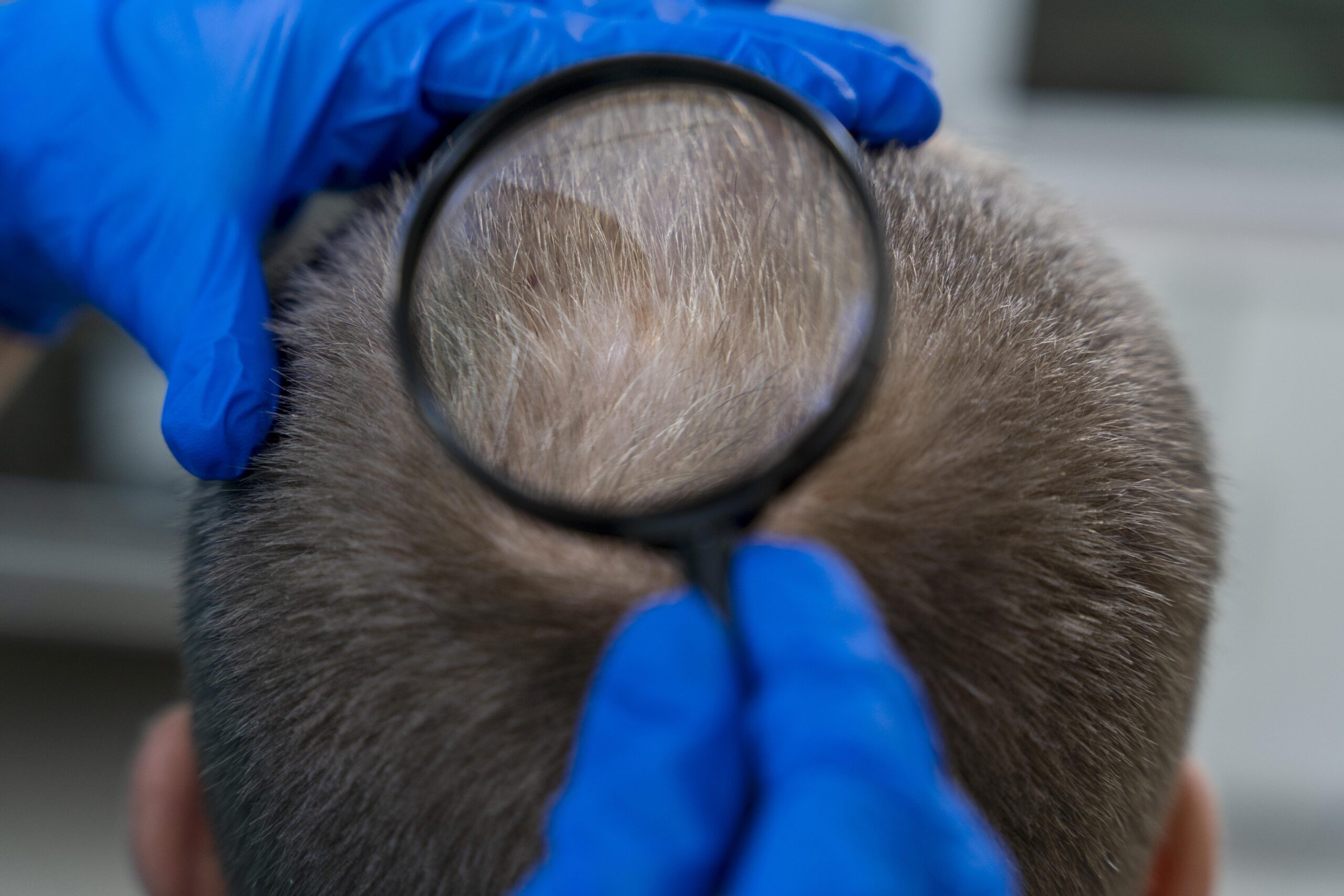The Role of Color Matching in SMP: Achieving Seamless Results

Have you considered going for a Scalp Micropigmentation (SMP) procedure, but the thought of colour mismatch scares you away?
Well, we get you!
We all have our doubts when trying out new things, and the last thing you want is to solve one problem and go back home with another. The good news is that Scalp Micropigmentation is designed to fit every client’s needs, including hair type and colour.
To make you feel a little more comfortable, we will share all the deets about colour-matching procedures. Right from the importance and factors to consider, to the artistry involved to ensure every client gets a seamless and cohesive look based on their hair colour and skin tone. Continue reading to learn more!
Color Matching in Scalp Micropigmentation – Everything You Need to Know
The Importance of Colour Matching in SMP Procedure
Scalp Micropigmentation is an ideal solution for people dealing with hair disorders, and it relies on colour pigment to create an illusion of hair follicles. The colour pigments are carbon-based, meaning the ink doesn’t separate like the regular tattoo ink used on the body. That said, colour matching is critical as it directly influences the natural and realistic appearance of the treatment.
Proper colour matching ensures that the pigment used closely resembles the natural colour of the client’s existing hair. This brings out a camouflage effect, making the treated areas less noticeable. If you get a colour mismatch by any chance, the SMP treatment will look more like a drawing rather than an illusion of hair.
There are over 32 shades of colour pigments in Scalp Micropigmentation. Your skilled practitioner should be able to choose the right one for you. Let’s look at how technicians match pigments and the factors to consider when selecting a colour pigment.
Factors to Consider For the Right Colour Matching
Skin Tone
Irrespective of the skin tone you have, Scalp Micropigmentation will work for you. It depends on how well your SMP practitioner will dissolve the pigment to create the right shade for you. As mentioned earlier, the pigments are usually carbon-based. Distilled water has to be added to the ink to achieve a desired colour that matches both your skin tone and hair colour.
For instance, if you have light-coloured hair, the skilled practitioner will add more water when diluting for a lighter tone—and vice versa for dark-coloured hair. Your practitioner will add less water for the pigment to retain a darker tone.
You may wonder what happens to those with blonde and grey hair. Well, they are also suitable candidates. As discussed, there are over 32 shades, and a skilled practitioner can identify the right shade for you during the consultation process. Once they have prepared the shade, their job is to play around with the amount of water they add to ensure the colour pigment matches you perfectly.
Hair Density
Hair density closely correlates with hair colour. The colour pigments should match the existing hair colour and density. The skilled practitioner, in this case, should use colour pigments that match the density of the surrounding hair to avoid creating an artificial or sparse appearance.
While individuals with darker-toned hair have a high density compared to those with light-coloured hair, this does not mean that SMP treatment is unsuitable. With a very experienced practitioner, they can also acquire more natural-looking results. While the colour shade won’t be dark on the first session. A couple of sessions will make the shade look darker and natural.
The Artistry Involved In Creating a Harmonious and Realistic Look
First, your SMP practitioner has to do an assessment, which leads to the importance of a consultation. During this consultation, the skilled practitioner takes into account your skin tone, hair colour and SMP treatment goals. The assessment helps identify the correct colour pigmentation for you.
During the actual day of the treatment, your skilled practitioner picks the right colour pigment and adds more or less distilled water depending on your hair colour. Once the right shade is acquired, the practitioner draws them in using a thin electric needle and carefully deposits the pigment onto your scalp, creating an illusion of existing hair follicles. The result? Buzz shaved head and thicker hair for those with hair thinning.
Colour pigmentation shouldn’t be the reason holding you back from getting an SMP treatment. If you choose the right SMP practitioner and attend your given consultation, you should be able to regain your confidence soon. Just remember to read reviews and check the before and after just to be sure you have the right person doing the job.
Also Read: Is Scalp Micropigmentation Right for You? Find Out Here!








